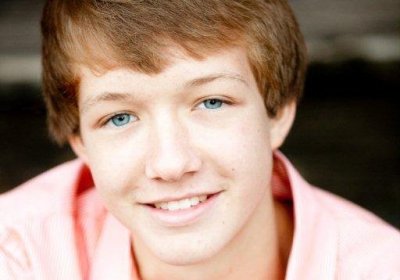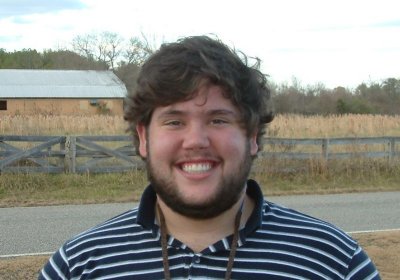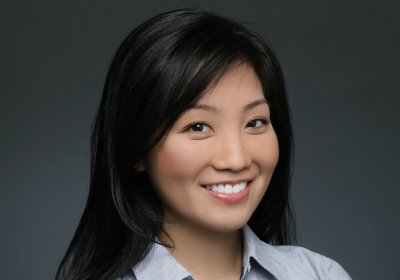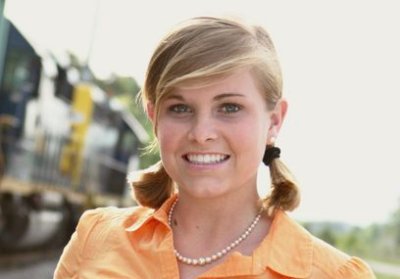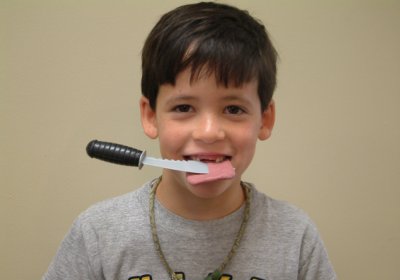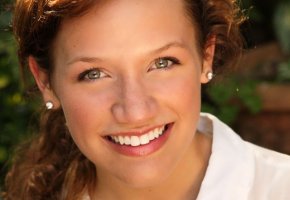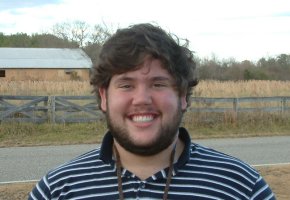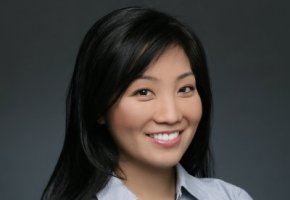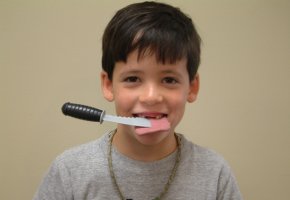Dr. Foch Smart - Engineering
Background:
Dr. Smart worked for a contracting firm (T.L. James & Co.) in the New Orleans area before and during dental school. He says the engineers at this firm were some of the smartest people he has ever met. He feels he was privileged to work with these men and women. They routinely "thought outside of the box" to solve some of the most challenging engineering problems. This is just one example of such thinking.

The Problem:
T.L. James was contracted to build a section of I-310 bridge over marshland near New Orleans, LA. Because the project was over an environmentally sensitive area, the normal construction method of having cranes and equipment located on the ground while building the bridge could not be used. Instead, a method had to be devised to have the cranes and equipment positioned on a recently completed section of the bridge itself while building the next section.

The Solution:
Engineers came up with a plan to have the cranes and equipment work off of a series of crane platforms to build the bridge. (Dr. Smart designed the crane platforms - no cranes fell in the marsh! :) )The bridge was built in 40' sections called "spans". Each day, the crane would be used to drive piles in front of it for the next 40' span and attach a precast concrete cap over the piles (called a "bent cap"). The same crane would also set in place precast concrete slabs on the span behind it which functioned as the beams for the roadway. The next day, only 24 hours after the piles and bent cap had been placed, the crane would pick up the crane platform behind the one it was resting on and, in a "leap-frog" fashion, swing it around and place it on the bent cap it had set the day before. It would then drive forward onto the crane platform that was now in front of it and repeat the whole process.

Summary:
One could understandably ask, "What's this have to do with orthodontics?" While bridges and orthodontics may not be directly related, some of the principles of coming up with creative solutions to solve complex problems very much apply to both fields!
Back to "About Dr. Smart"Back to "About Us"


